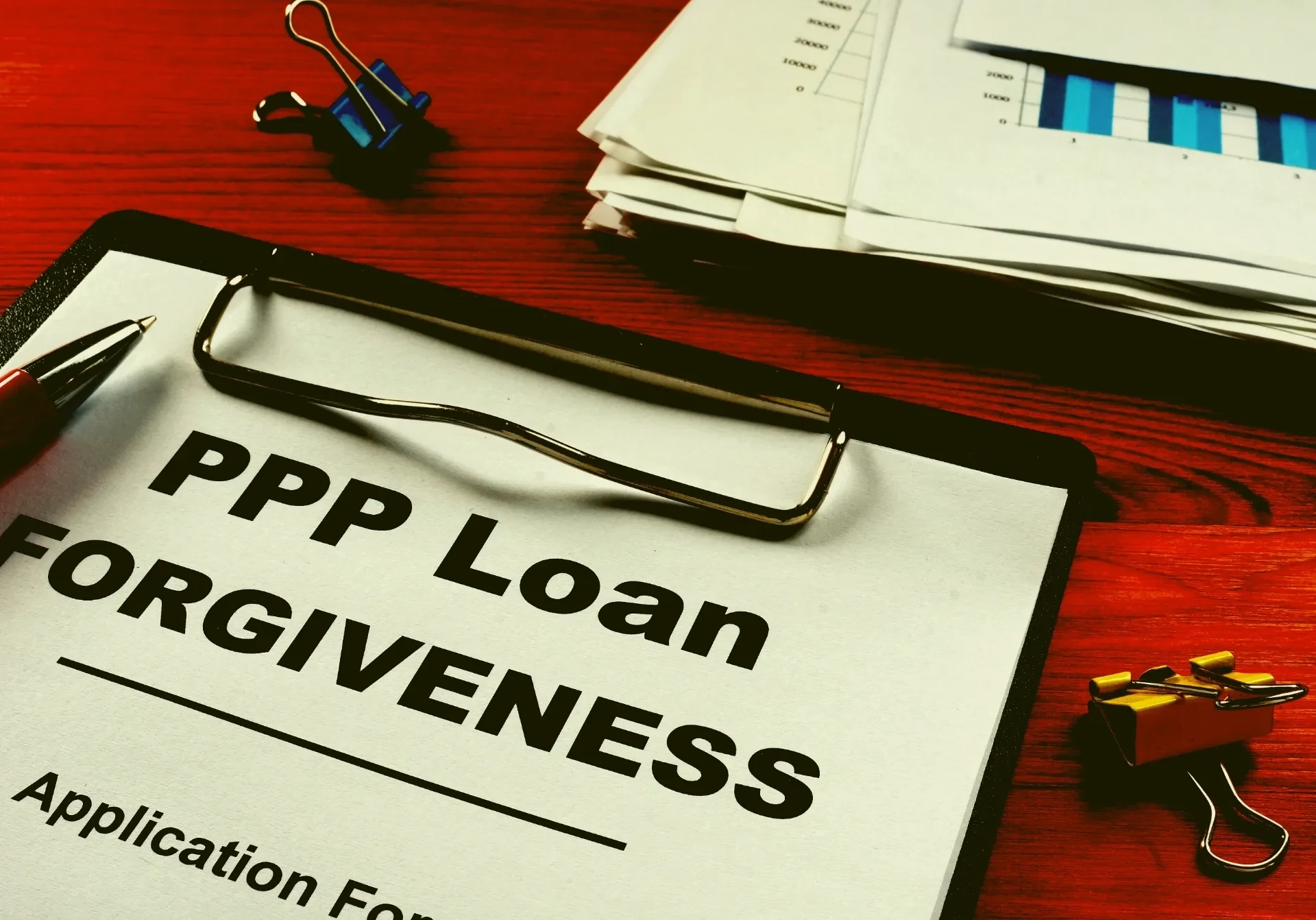If you’re a small business owner, you’re probably already familiar with the Payment Protection Program (PPP). The U.S. Small Business Administration (SBA) designed this loan to help small businesses cover payroll expenses during the COVID-19 pandemic.
On the surface, this looked like a great initiative. Business owners could now take care of relevant overhead, maintain payroll, and even hire back any employees they may have had to lay off. However, the program has been fraught with numerous, confusing changes and adjustments from the very beginning.
As we move towards tax return season, there are some surprises headed your way. Watch out for the icebergs straight ahead, and read on to learn more about what these surprises could mean for you.
1. PPP loan forgiveness is not as clear cut as you may have thought.
The first surprise comes in the form of how the Internal Revenue Service (IRS) plans to treat the PPP loan funds for tax purposes. The IRS publicly stated that for those following the rules, the loan would be forgiven. Furthermore, they would not tax this forgiven amount. However, what they omitted is that the business expenses that this “free” money covered will not be deductible. This means that although this money isn’t taxable income for the business, you’ll still need to account for those non-deductible expenses. As a result, you can expect the taxable profit from your business to be higher by the same amount of your PPP loan money.
2. The Economic Impact Disaster Loan counts against your total PPP loan amount.
The second surprise relates to businesses that applied for one of the SBA’s economic impact disaster loan (EIDL) programs. If you did, you automatically received an “advance” of $1,000 per employee (up to a total of $10,000) just for applying. And this was true regardless of whether the SBA approved your loan. Another awesome program, right? The part they didn’t tell you was that if you also got a PPP loan, the advance goes against the amount of total PPP loan forgiveness. Consider this example. If you received a PPP forgivable loan of $50,000 and an EIDL advance of $10,000, only $40,000 of the PPP money is eligible to be forgiven. You’ll still owe $10,000 to the lender. Thankfully, the interest rate on that loan is only 1% – but this is definitely another instance of smoke and mirrors!
PPP loan tip for self-employed entrepreneurs
If you are a solo business owner who does not file a corporate tax return, but rather just includes the business’s profit with your personal tax return, take note! In case your business received a PPP loan, make sure that the business writes you a check personally in the amount of the loan. This needs to happen before December 31st to prove that the business actually “used” the loan proceeds. You’re free to write a check right back to your business the next day if you want, but it is highly advisable to take the formal step of transferring the money.
Not sure what to do with this new information regarding PPP loans?
Get in touch with us for expert, always-up-to-date tax and accounting advice. Lodestar can help you make sense of the constantly changing landscape. Call 704.981.4602 for a free consultation, today.

